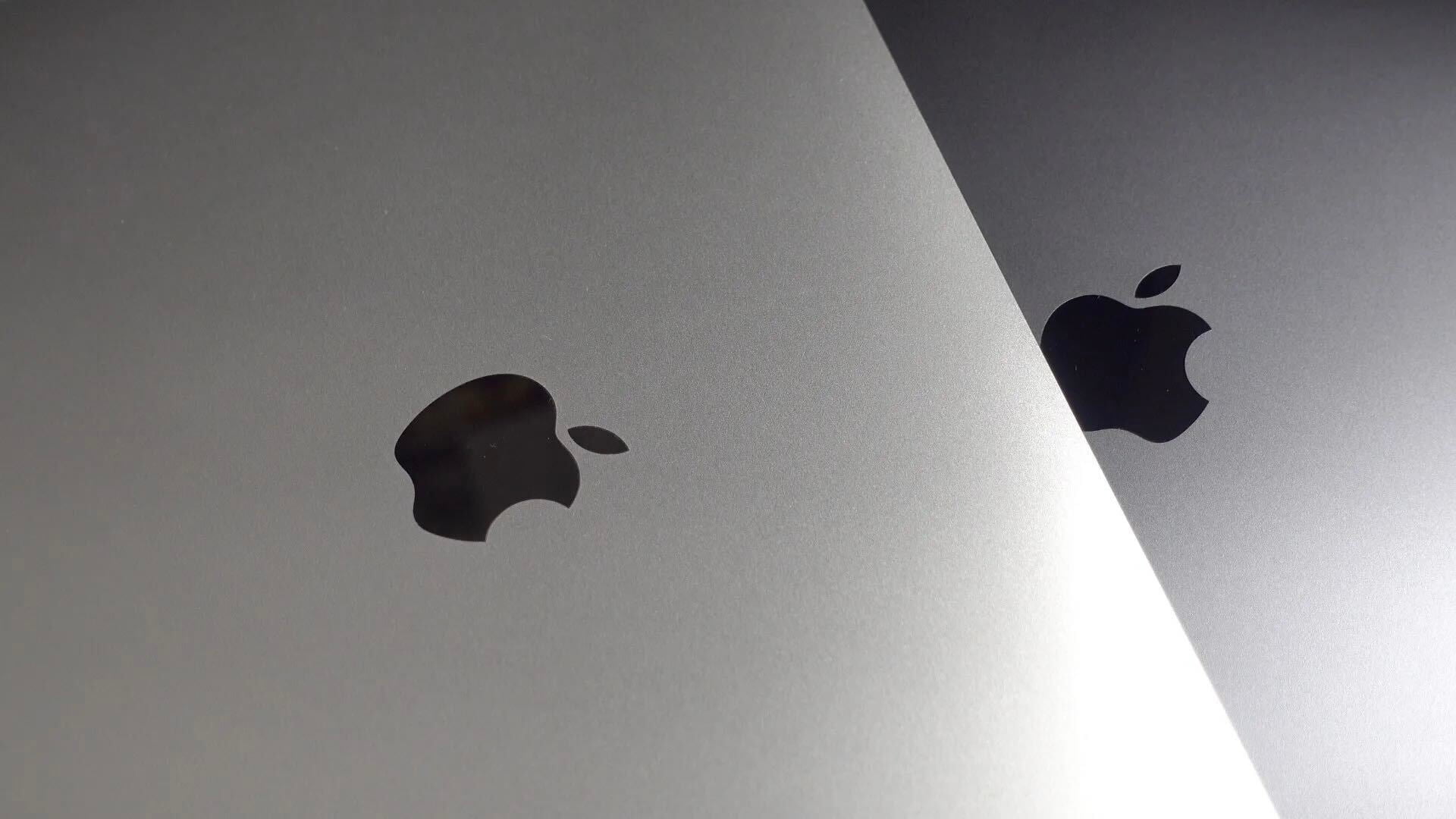The Bluetooth Special Interest Group (SIG) has announced that it has updated its Bluetooth specification to 4.1 with new features for both developers and users of Bluetooth Smart enabled devices. The update brings coexistence support for LTE, better connections, and improved data transfer, all of which lets you connect, stay connected, and interact with your Bluetooth 4.1 devices faster and more reliably. The improved connections, for example, means developers can control reconnection intervals so your devices will automatically disconnect when you leave the room and then reconnect when in close proximity. That in return could also bring better battery life:
- Coexistence — engineered to work seamlessly and cooperatively with the latest generation cellular technologies like LTE. Bluetooth and LTE radios can communicate in order to ensure transmissions are coordinated and therefore reduce the possibility of near-band interference. The coordination between the two technologies happens automatically, while the consumer experiences the high quality they expect.
- Better Connections — provides manufacturers with more control over creating and maintaining Bluetooth connections by making the reconnection time interval flexible and variable. This improves the consumer experience by allowing devices to reconnect automatically when they are in proximity of one another. The consumer can leave the room and upon returning, two recently used devices reconnect without user intervention.
- Improved Data Transfer — Bluetooth Smart technology provides bulk data transfer. For example, through this new capability, sensors, which gathered data during a run, bike ride or swim, transfer that data more efficiently when the consumer returns home.
The new standard will also allow Bluetooth 4.1 devices to act as both a hub and peripheral, meaning developers can allow their device to connect to multiple devices simultaneously. The example SIG gives is a smart watch pulling data from a heart rate monitor while also acting as a peripheral for a smartphone:
With this new capability, a single device acts as both a Bluetooth Smart peripheral and a Bluetooth Smart Ready hub at the same time. For example, a smart watch acts as a hub gathering information from a Bluetooth Smart heart rate monitor while simultaneously acting as a peripheral to a smartphone — displaying new message notifications from the phone. As the Bluetooth Smart ecosystem grows, the Bluetooth SIG expects more solutions to play both a hub and peripheral role. Bluetooth 4.1 delivers this type of flexibility to Bluetooth Smart devices and application developers.
Lastly, SIG is including support for Bluetooth Smart sensors to use IPv6. The Bluetooth 4.1 update is all software related, which means manufacturers will be able to start rolling out over-the-air updates to existing Bluetooth 4.0 devices.
FTC: We use income earning auto affiliate links. More.







Excellent..!! so in theory,now I can connect my phone to my smartwatch, and also to my car’s bluetooth system without disconnecting & reconnecting!
You can already do this.
I have my Pebble connected to my iPhone, to control tracks, while the iPhone is also playing music to the in-car bluetooth system.
I think this is where the devices act in a hierarchy, not a master/dependent as it currently is.
Consider current USB: you have a host, or you have a device. Bluetooth is currently similar, but it’s not obvious: the master may well be the phone, and the dependents are the receiving radio and the device sending play/pause/skip commands, but that play/pause/skip cannot be the master for another device.
This change would allow the smarts or master-ship to be graduated or hierarchical, in that your heart rate monitor or the diag port of your car might not be overly smart. Your daily walk might take you past a few BT low-power devices that collect data but don’t know what to do about it. As you pass within range, your phone is smart enough to say “I can give you an IP/FCID/dynamicNumber and absorb your data” — and provides an optimized method to, say, use Giant Packets or very large MTUs or Exchanges to more quickly absorb the data without a TFTP-like lock-step. Later, your phone can say “shoot, I have this data, and I know how I got it, but I need a bigger organization to work with it”. the phone that was the BT master for the dumber/specialized devices is now the dependent for a smarter master.
In an IP world, that seems like the thing that gave out DHCPv4 IPs and UDP-absorbed some content now sees a bigger network, gets an IPv6 DHCP from the master, and uses a smarter protocol (that may require a bigger stack) to transfer the data upstream.
I know this example is a bit bogus, but I’ve tried to convey how I see this announcement: Mutable multi-role devices (not just “Master” or “Dependent”, “Host” or “Device”), preference to act as one or the other based on roles and logic, more non-interactive changeover, and more versatility towards tailoring the protocol towards smaller devices or bigger realms.
Please do something about bandwidth. 6 kb/s sustainable transfer rate over LTE is embarrassing
so how do i upgrade my iphone 5 to the newest version of bluetooth?
Bluetooth has a bright future :)
Can someone explain to me why bluetooth quality sucks for phone calls but bluetooth audio for music is crisp and clear?
Is there any way to setup a device’s wifi connection using it’s bluetooth smart with Android and iPhone?